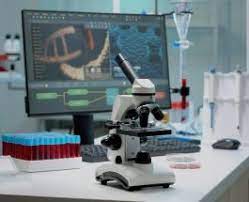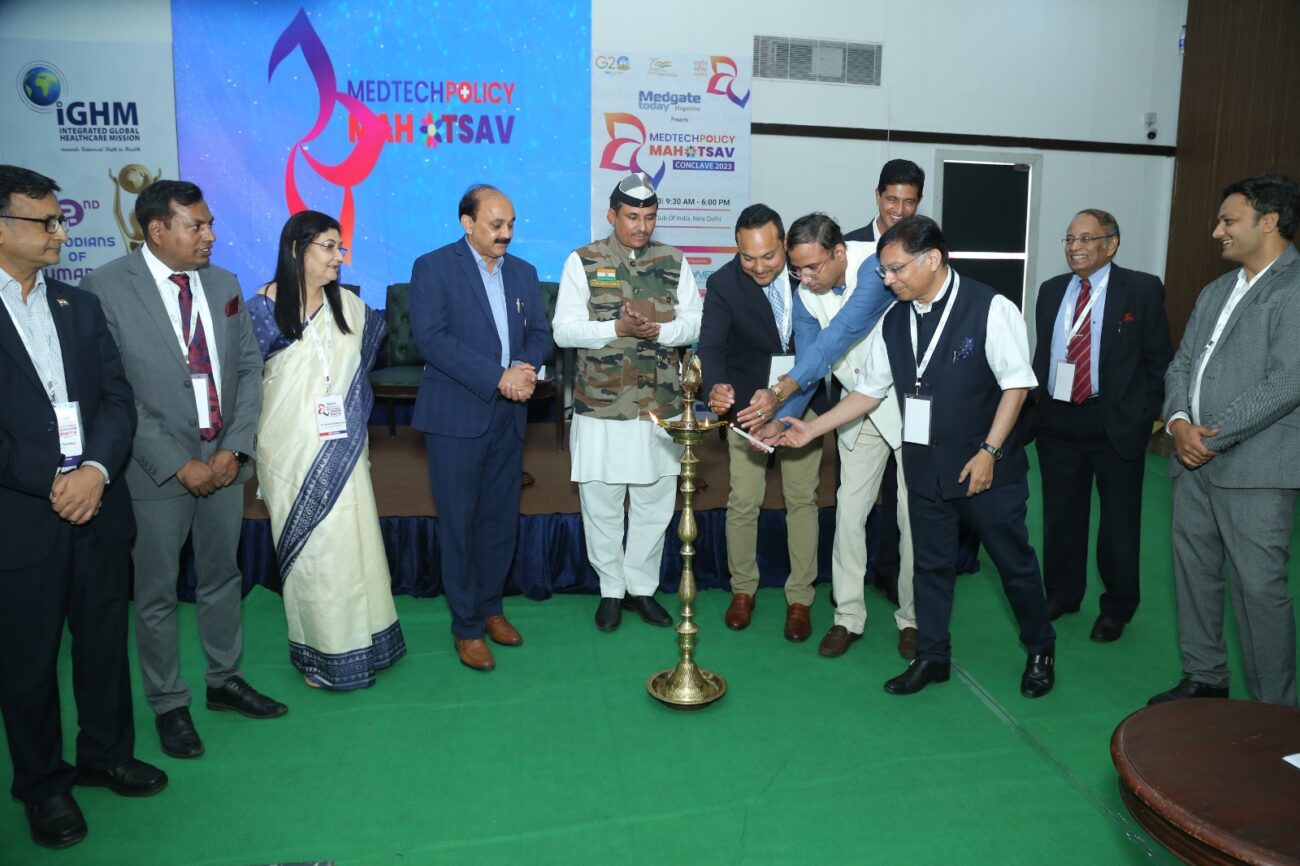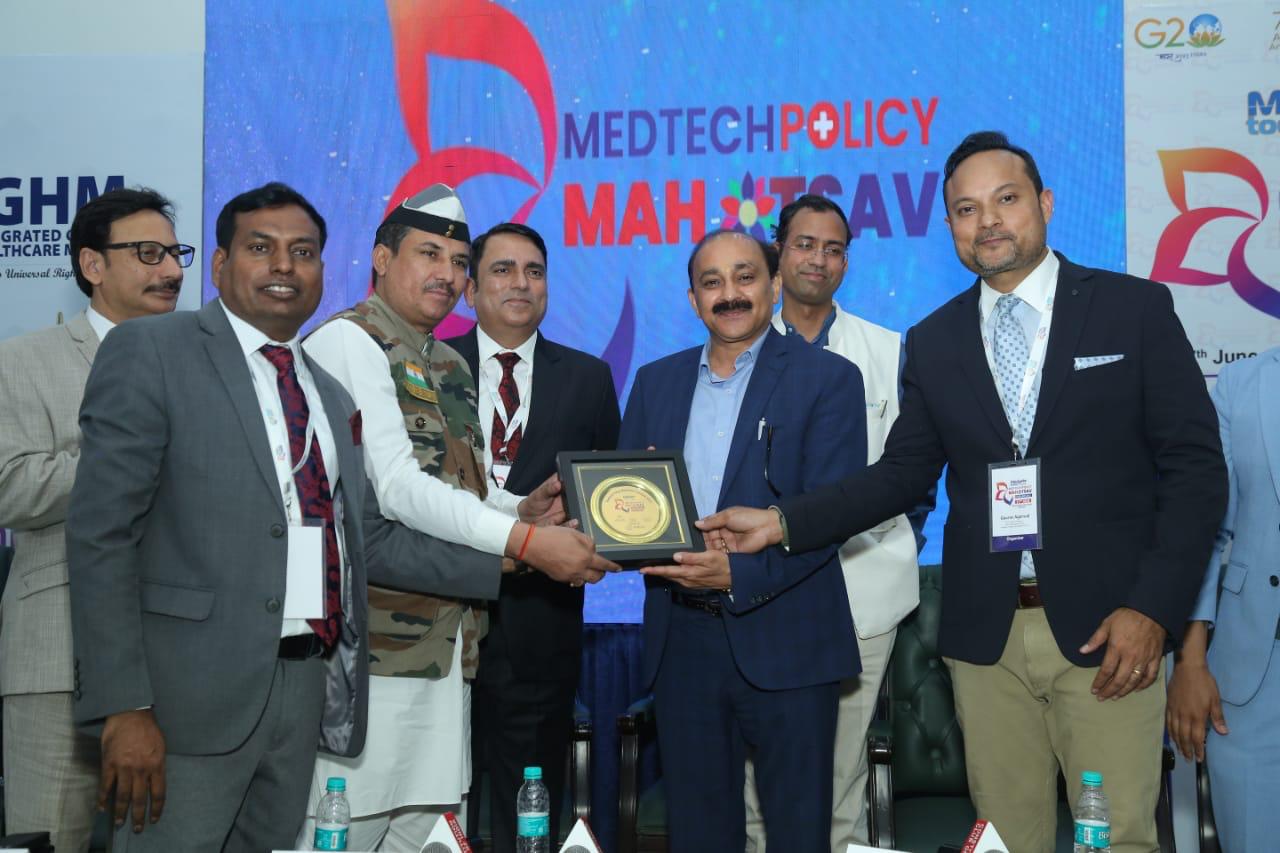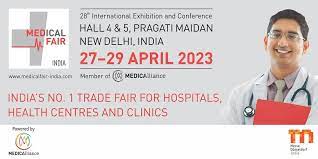Government Regulation of Medical Devices is Currently Applied to Selected Medical Equipment: Says AHPI DG
However, it needs to be extended to other equipment to avoid substandard equipment in the Indian market, he added further Healthcare has emerged as one of the sensitive sectors and an eye-opener during COVID in terms

However, it needs to be extended to other equipment to avoid substandard equipment in the Indian market, he added further
Healthcare has emerged as one of the sensitive sectors and an eye-opener during COVID in terms of providing quality healthcare delivery. And Medical Devices play a key role in ensuring that appropriate care is provided whether it is Diagnosis, Treatment or Long-Term Care. Considering bringing the discussion on ‘Procurement of Medical Devices’, HEAL Health organised a live webinar, Episode-21 of HEAL-Thy Samvaad series on the procurement of medical devices. The Association of Healthcare Providers India (AHPI) supported the webinar. The knowledge partners were: HEAL Foundation, BiOR, BSLA, Senior Care 24×7 and ESI Medtek Solutions.
While speaking on the challenges in procurement of medical devices during HEAL-Thy Samvaad, Episode-21, Mr Bhaskar Ghoshal, Chief Commercial Officer, Neuberg Diagnostics, said, “Getting licence for the procurement of Medical Devices is a cumbersome process in India. There are different layers of processing that take much time. While we were setting up a lab, it took five months to get a licence for it. Some leading challenges in procuring medical devices are – non-availability of imported/domestic spares on time, high-interest rates on equipment financing and hidden costs of inventory of devices and raw materials. Per capita medical devices are very less in India. We need to increase our health budget. The Indian Medical Devices and Equipment market is currently valued at 12 billion USD and is expected to grow from 12% to 15% CAGR. More Indian manufacturers are required to be engaged.”
During HEAL-Thy Samvaad, Episode-21, while elaborating on guidance for procurement of medical devices, Mr Anil Jauhri, Former CEO, NABCB, QCI, said, “About 40 categories of Medical Devices have been notified and regulated under ‘Medical Devices Rule-2017’, and the registration for non-notified devices under voluntary registration will end on 30th Sept’ 2021, and mandatory registration will start from 1st Oct’ 2021. Notified devices must be duly licenced and quality assured because, for a buyer, safety and quality is paramount. But even for institutional buyers, there is no mechanism available locally to assure quality. Quality issues with medical devices persist because as per AIMED, around 50 COVID related devices such as ventilators, pulse oximeters, oxygen concentrators and PPEs are not notified. In the absence of complete regulations, there are limited options for common consumers.”
Elaborating on Medical Device regulations during HEAL-Thy Samvaad, Episode-21, referring to article 47 of the constitution of India, Mr. O S Sadhwani, Former Joint Commissioner & Drugs Controller, FDA – Maharashtra, said, “The Directive Principles of State Policy states that the government should enhance the health parameters of the citizens. The Medical Device rules are effective from 2018, under the Drug and Cosmetics Act 1940. These rules are harmonised with the international regulatory practices and provide comprehensive legislation for the regulation of Medical Devices, which will foster ‘Make in India’ also. Any Medical Device which is being marketed in India should comply with the Bureau of Indian Standards (BIS) or as notified by the central govt. If both of them are unavailable, then International Organization for Standardization (ISO), International Electrotechnical Commission (IEC) and ASTM International are there for standardisation of medical devices.”
While speaking on challenges in procurement of medical devices during HEAL-Thy Samvaad, Episode-21, Dr. Girdhar Gyani, Director General, Association of Healthcare Providers (AHPI), said, “The rank of India globally on ‘health effectiveness’ is 145 out of 195. And we are low at universal health coverage on 4 A’s – Availability, Accessibility, Affordability and Acceptability – where the quality comes. There are certain challenges that the hospitals face in procurement – such as – the government regulation of medical devices is currently applied to selected medical equipment like MRI, CT scan and Dialysis, etc. However, it needs to be extended to other equipment to avoid substandard equipment in the Indian market. We are tempted to buy refurbished medical equipment, but no norm on quality control is there.”
While moderating sessions on ‘Procurement of Medical Devices’ at HEAL-Thy Samvaad, Episode-21, Dr. Siva Kumar, Advisor MedTek Solutions, said, “One of the greatest challenges being faced by all the stakeholders in the healthcare industry is to provide quality healthcare to the citizens at large. To provide quality output, it is essential to use quality infrastructure in terms of devices, processes and people. The biggest challenge being faced by healthcare providers is in choosing the right kind of medical device/s for their organisations. Hence, it is of utmost importance to understand the parameters and standards while choosing the medical device/s needed.”
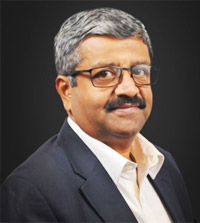
Speaking on the ‘Risk of unauthentic certifications’ during HEAL-Thy Samvaad, Episode-21, Mr. M G Sathyendra, Consultant, Product Compliance at QMART, said, “The most common successive processes for product conformity are testing, inspection and certification. Despite a worldwide concern about the quality of ISO 9001 certification, there is a lack of integrity and ethics in India and manufacturers skip proper certifications. Therefore, if a manufacturer is covered under regulations, it must have regulatory approval for the product category from regulators such as CDSCO, BIS and AERB.”



